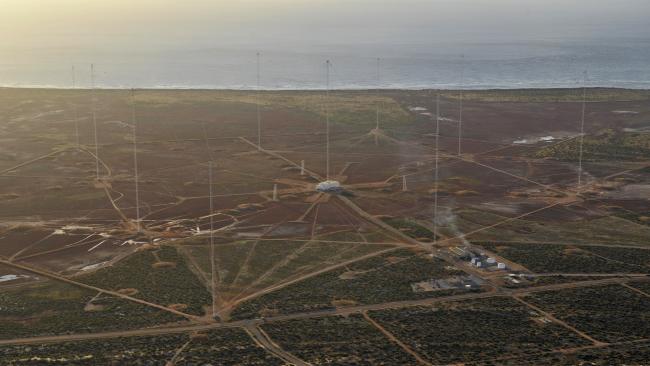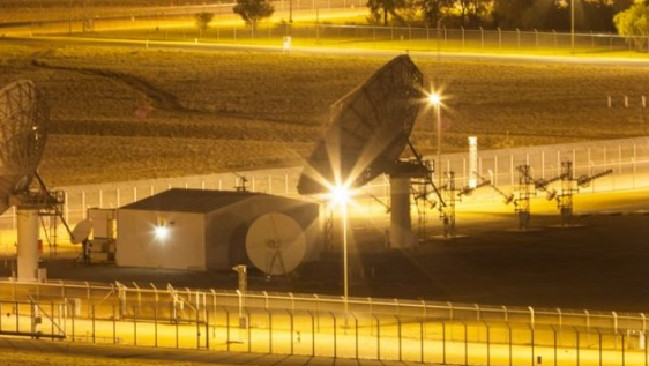
The US Defence Department is seeking businesses for extensive upgrades to RAAF Base Darwin.
The works are part of the US Force Posture initiative to enhance security in the Asia-Pacific region - including construction of a parking apron, a maintenance support facility and an aircraft maintenance hangar at RAAF Base Darwin.
The contract also includes an aircraft rinse facility, aircraft wash rack, helicopter landing pads and supporting facilities as well as construction of Marine aviation logistics squadron and Marine wing support squadron facilities - as well as a Type 11 aircraft maintenance hangar, telecommunications distribution facility, supporting facilities, utility connections, site improvements and earthworks.
Under the Force Posture, Australian businesses and joint ventures have won United States-funded infrastructure contracts to the value of almost US$200m.
This includes the completion of a new fuel facility at RAAF Base Darwin to support enhanced air co-operation between the United States and Australia and construction of a US tank storage facility at East Arm, which is behind schedule but expected to be completed by July.
In addition, tens-of-millions was spent upgrading RAAF Base Tindal in Katherine to support KC-30A multi role tanker transport operations, which Defence said will enhance air mobility, including air-to-air refuelling and air logistics support missions.
Tens-of-millions more have been spent developing the MQ-4C Triton drone, four of which will be deployed at RAAF Base Tindal near Katherine from later this year.




